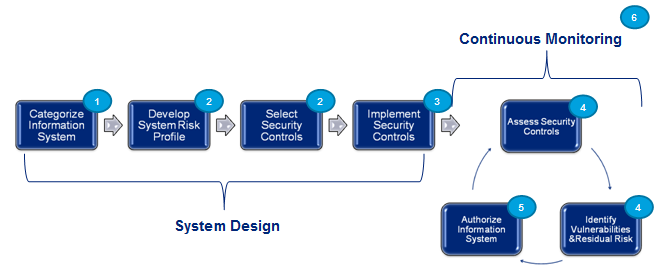Got Bot?
The world of malware (literally bad software) has some interesting terminology. Botnets and Zombie networks sound like they should be different, but they are basically the same thing. The imagery of masses of robots (ala I Robot) or hordes of Zombies from Night of the Living dead is surprisingly a relatively accurate description. Botnets or Zombie Nets are collections of computers that have been infected with a specific class of malware that is managed by an external ‘Controller’. Ok, Zombie hordes are not easy to manage, but the robot masses are. I’ll use the term botnets to refer to both.
Botnets can be used for many different illegal purposes such as distributed denial of service (DDoS) attacks, mass spam mailings, illegal data collection and more. Like the domestic robots in the movie I Robot, malware bots establish themselves unobtrusively in your network through the same types of mechanisms as a virus, worm, Trojan or other malware. In fact, Trojans, malware that masquerades as legitimate software, are often used to distribute ‘Bot’ malware. That ‘swimware calendar’ program you downloaded may look nice, but underneath there may be some malware silently doing bad things to your computer. Read more


